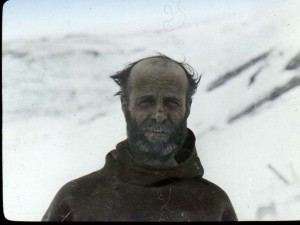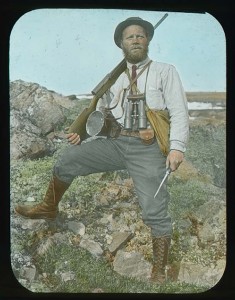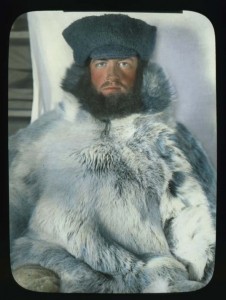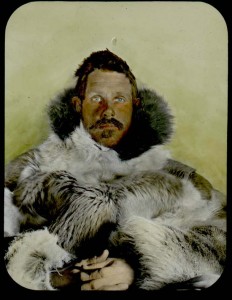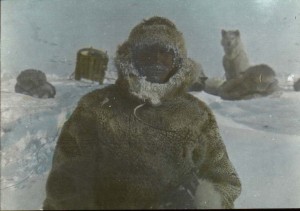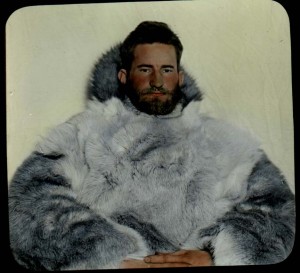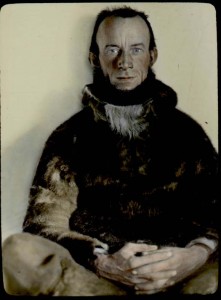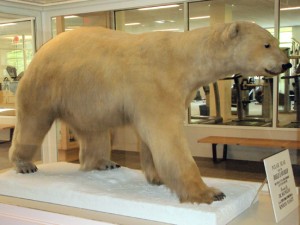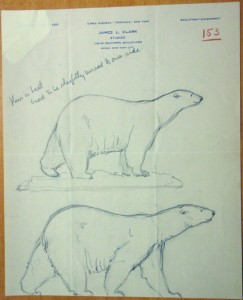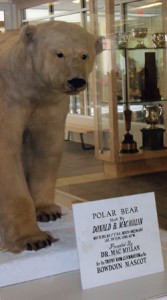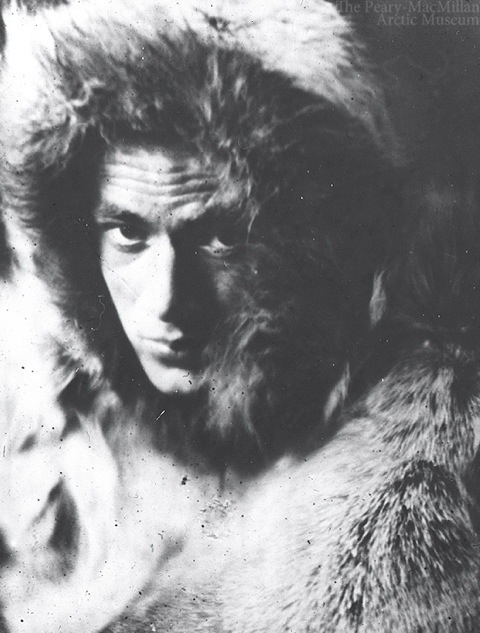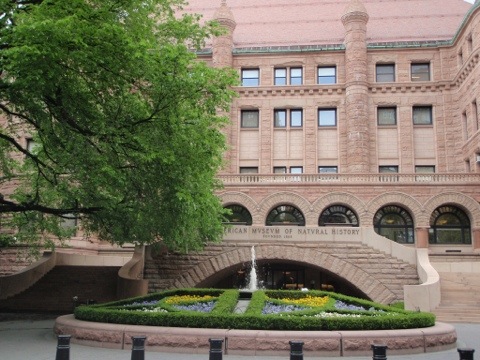A major expedition such as the Crocker Land Expedition (CLE) involves many people at home and in the field, but the official members of the expedition inevitably draw the most attention. We will be writing about a wide variety of people in this blog, but this seems a good time to introduce the expedition members. The full stories of their many adventures on the expedition will emerge as we delve into their papers and journals, but this can serve as a ‘pocket guide’ to the key players
Donald Baxter MacMillan, an 1898 graduate of Bowdoin College, became the sole expedition leader after the death of George Borup. In 1913 he abandoned his graduate studies in anthropology at Harvard to devote himself to organizing the expedition. His northern experience at the time included a year with Peary on the 1908-09 North Pole expedition and three summers in Labrador. You can read more about him here.
Walter Elmer Ekblaw (1882-1949) was teaching at the University of Illinois when he was appointed geologist and botanist with the CLE. Through his participation the university became one of the sponsors of the expedition (with AMNH and the AGS). He published extensively on his research when he returned home and went on to complete a PhD in Geography at Clark University, where he taught until his death in 1949. His grandchildren recently donated a terrific archive of his Crocker Land papers, photographs and other material to the museum, so you can expect to read a lot more about him in this blog.
Maurice Cole Tanquary (1881-1944), also a graduate of the University of Illinois and a friend of Ekblaw’s, taught at Kansas State Agricultural College when he was appointed zoologist for the expedition and returned there after the expedition. His primary area of specialization was entomology, and in later years he became renowned for his work with commercial beekeeping. Tanquary’s family donated his photographs, lantern slides and journals to the museum in 2006.
Harrison J. Hunt (1878-1967), another graduate of Bowdoin College (Class of 1902), was hired as the surgeon/physician for the expedition and was one of the expedition’s most avid hunters. He had a successful medical career in Bangor, Maine on his return home. In 1980 his daughter, Ruth, published a book, North to the Horizon: Arctic Doctor and Hunter, 1912-1917, based on his journals and reminiscences.
Fitzhugh F. Green (1888-1947) was a graduate of the US Naval Academy at Annapolis (1909). He was an Ensign in the US Navy when he was appointed as Civil Engineer for the Crocker Land Expedition. He was also responsible for taking astronomical observations. After this expedition he went on to have a long career with the Navy and became a writer. His books include a biography of Robert E. Peary and an account of his experiences on the Crocker Land Expedition. Green’s papers are held by the Georgetown University Library, and some of his CLE journals are housed at Bowdoin College and the AMNH.
Jerome Lee Allen was the electrician and wireless operator for the expedition. He oversaw electrification of the expedition quarters, as well as installation of a telephone system, both ‘firsts’ for such a northerly location. His chief responsibilities were to maintain the batteries that ran the electricity and install and operate a wireless station to both send and receive messages. Had the communication system worked it would have been another, and more important, first. Sadly, for reasons largely beyond his control, his efforts were not rewarded. He went on to work with radio and other technologies for the US Navy, where he had a long and distinguished career.
Jonathan “Jot” Small, a boat-builder and childhood friend of MacMillan’s, was the expedition’s cook and all-round handyman – though everyone agreed he was a much better handyman than cook. He was employed by the Toppan Boat Manufacturing Company and went on a number of MacMillan’s expeditions both before and after Crocker Land. Eventually Small returned to Provincetown, his childhood home, where he opened a boat-building shop.

